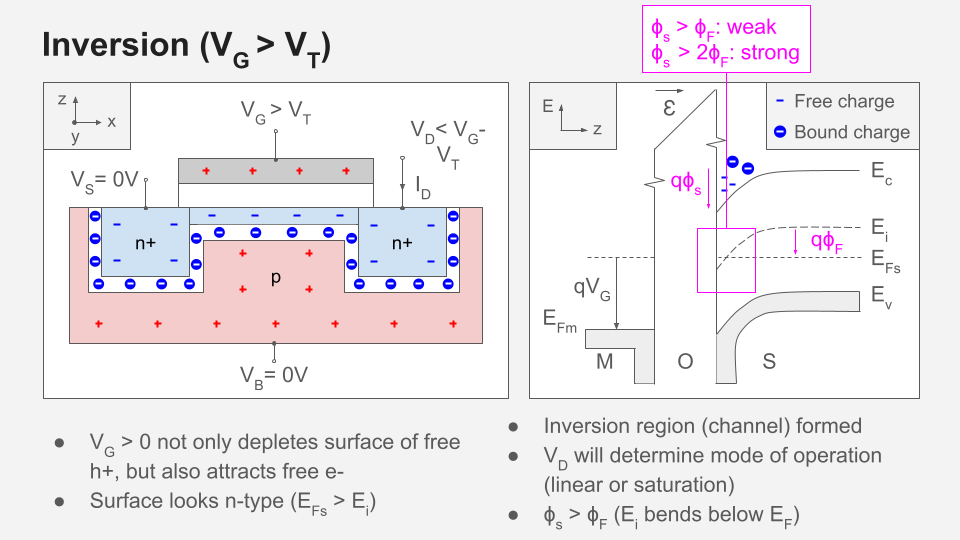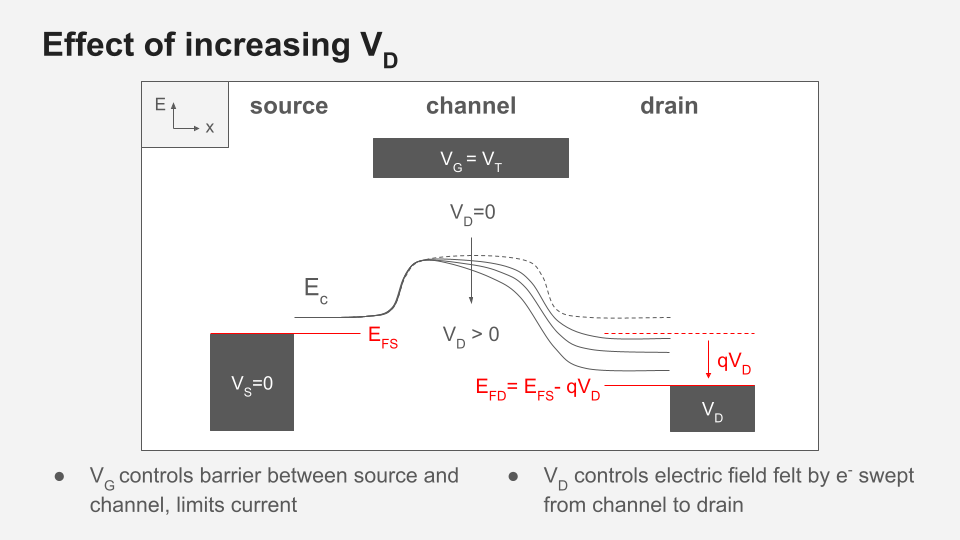Okay, here’s how this whole “MOSFET energy bands” explanation video thing went down. Grab a coffee, this was a ride.

Started Staring at a Blank Page… Again
Right? You decide to make a video explaining MOSFET energy bands simply. Sounds smart. Then you open your notebook, and boom. Blank page stares back. How the heck do I explain electron band gaps and Fermi levels without putting engineering students to sleep? That was the real challenge.
Grabbed my trusty whiteboard markers first thing. Gotta doodle. Started scribbling those band diagrams. You know, the energy levels kinda stacked like stairs? Drew the Silicon bulk, the oxide layer sitting on top like a stubborn blanket, and the gate metal. Looked okay, but felt… lifeless. Like explaining how a car works by just showing the parts manual.
The “Lightbulb Moment” Over Coffee
Was pounding my second coffee, scrunched up face, looking at my crappy sketch. Suddenly, I remembered my neighbor trying to fill his pool last summer. Needed the water level high enough to flow over the divider into the next section. And that was it!
- Bulk Silicon: That’s the main part of the pool, water level depends on how many dopants you chuck in (more dopants = higher water level, aka Fermi level).
- Oxide Layer: Big, thick dam in the middle. Stops everything.
- Gate: Like my neighbor adding water behind the dam.
Applied a small gate voltage? Imagine adding just a trickle of water behind that dam. Nothing much happens in the pool, dam holds strong. Water levels don’t connect. That’s accumulation – just piles up charge near the gate, no action.
Finding the Sweet Spot (The Threshold Drama!)
The magic happens when you crank up the gate voltage enough – like my neighbor finally adding enough water behind the dam that it starts to seep over into the pool channel underneath. That’s it! The energy bands finally bend low enough that electrons can just start to flow. That precise moment when water starts trickling over? That’s your threshold voltage. The gate is telling the silicon underneath: “Okay, party’s on, electrons can start moving from Source to Drain!” That’s inversion – you’ve flipped the character near the surface.

Seeing is Believing
Knew I couldn’t just yap about it. Dumped my notes and grabbed my camera setup. Spent a solid hour just cranking out super simple animations on my cheap tablet. Drew the pool, drew the dam (gate oxide), showed the little water droplets (electrons) unable to move… until BOOM, the water level behind the dam hits that critical point and spills over. Highlighted the crap out of that threshold point with a big fat arrow and flashy colors. Needed it to hit like a truck.
Filmed the talking-head bit. Tried to sound excited without sounding like I just inhaled helium. Kept pounding that pool analogy home. “Gate voltage builds charge behind the insulator dam! Needs a MINIMUM push to overflow into the channel! THAT push is your threshold voltage!” Stomped over to the whiteboard a dozen times to scribble on it.
The Real Test
Edited the footage, slapped it together. Hit upload… but that ain’t the end. Cornered my buddy studying mechanical engineering the next day. “Hey, watch this, tell me if it makes any damn sense.” Made him watch the video. Saw his face go from confused squint to “OH, the water thing!” – BINGO. That’s the payoff. If he got the basic gist, the actual EE students stood a fighting chance.
Now the video’s out there. Hope it doesn’t suck. And yeah, my desk is still covered in marker smudges and coffee stains from the whole ordeal. Worth it? Ask me after I clean this disaster zone. But seriously, explaining complex stuff simply? It beats just dumping formulas any day. Keeps you honest. Alright, now someone pass the screen cleaner… and maybe more coffee. My desk might collapse under all these scribbled notes.
Always wear safety glasses when drawing band diagrams. You never know when inspiration might fly off the whiteboard and hit you in the eye.


